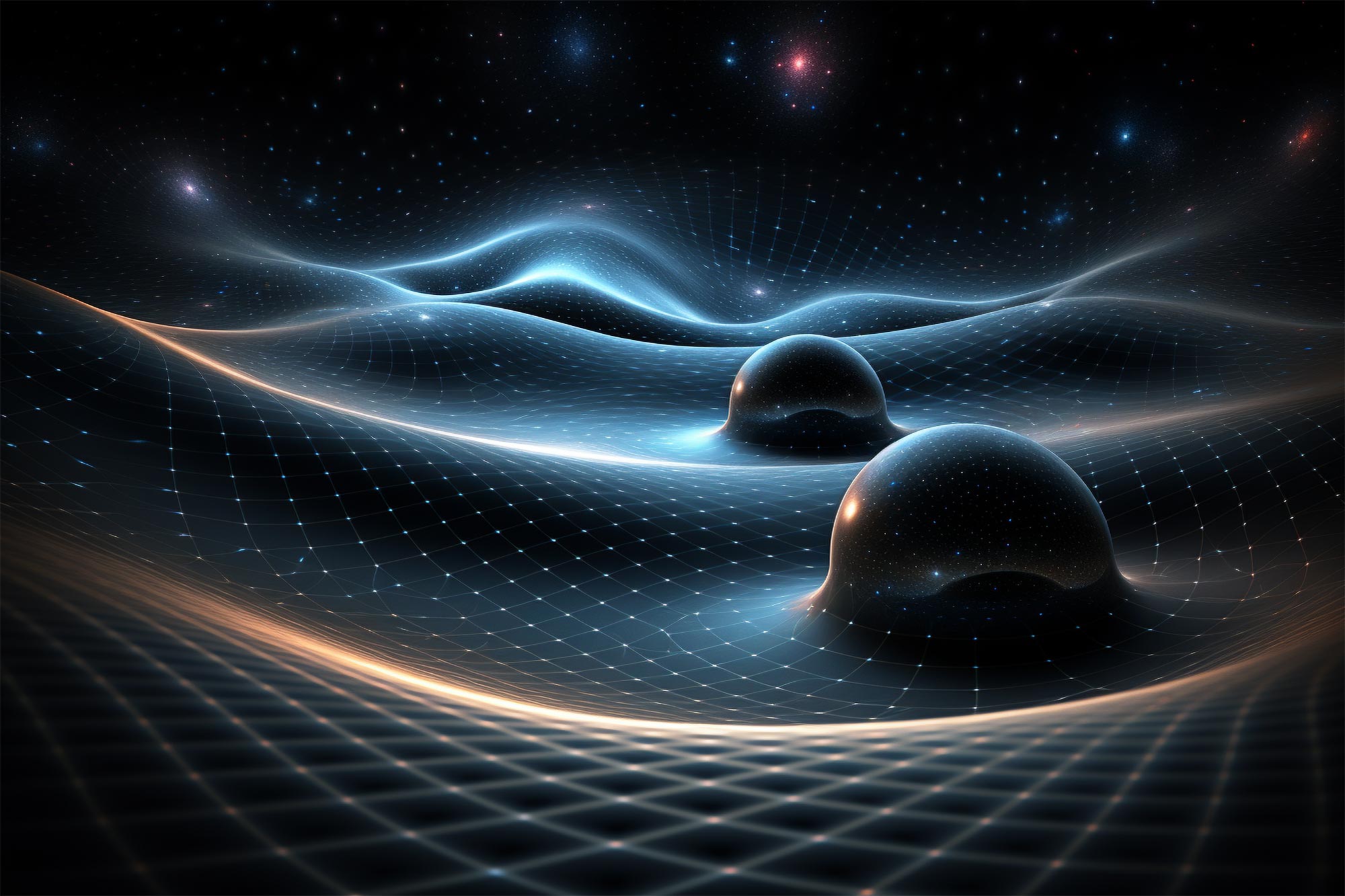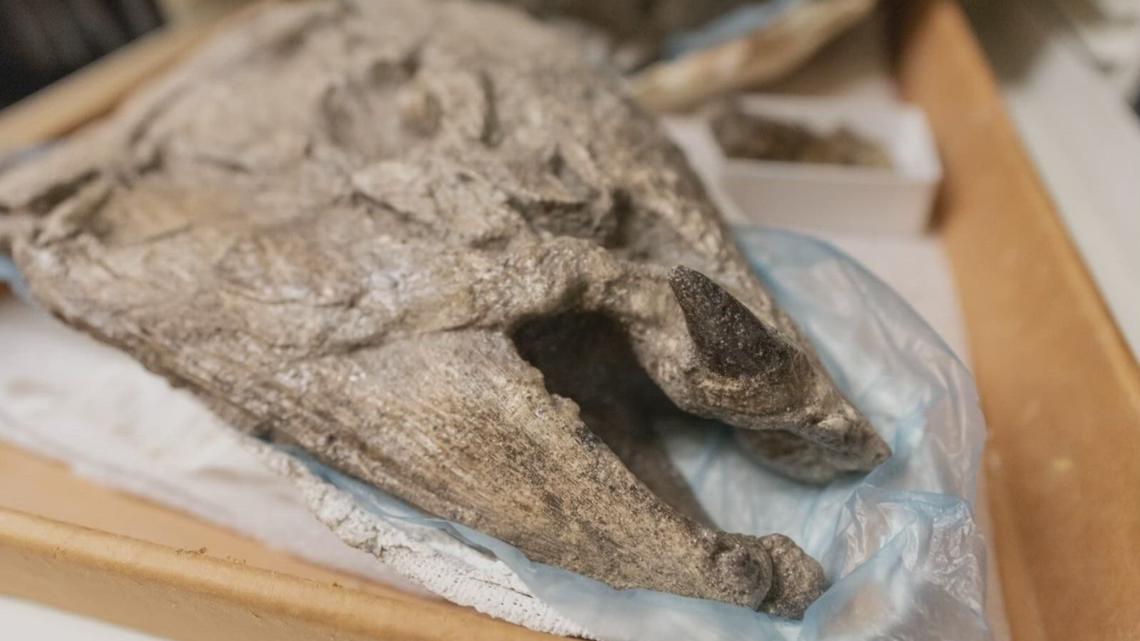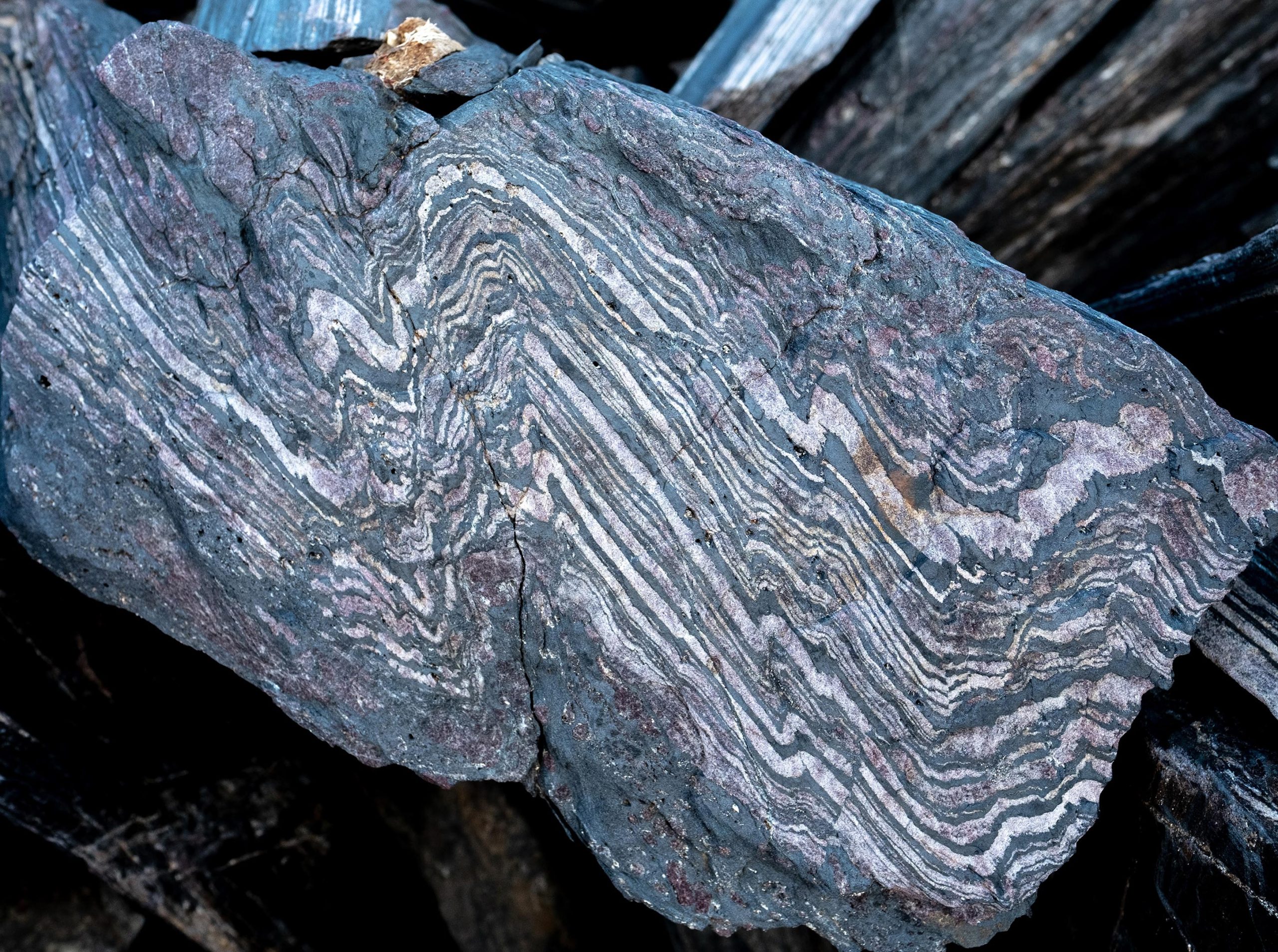
Výzkumníci odhalili, že pozorování gravitačních vln ze splývajících černých děr může poskytnout nový pohled na povahu temné hmoty, podle zjištění prezentovaných na National Astronomy Meeting v roce 2023. Mezinárodní tým použil počítačové simulace ke studiu generování signálů gravitačních vln v simulovaných vesmíry s různými typy temné hmoty. . Naznačují, že zohlednění událostí sloučení černých děr detekovaných observatořemi nové generace by mohlo naznačovat, zda temná hmota interaguje s jinými částicemi.
Gravitační vlny ze sloučení černých děr mohou odhalit povahu temné hmoty, podle počítačové simulace prezentované na National Astronomy Meeting v roce 2023.
Pomocí počítačových simulací objevil mezinárodní tým kosmologů tato pozorování[{“ attribute=““>gravitational waves from merging black holes may unveil the true nature of dark matter. Their findings were presented at the 2023 National Astronomy Meeting in Cardiff by co-author Dr. Alex Jenkins of University College London.
The team used computer simulations to study the production of gravitational wave signals in simulated universes with different kinds of dark matter. Their findings show that counting the number of black-hole merging events detected by the next generation of observatories could tell us whether or not dark matter interacts with other particles, giving us new insights into what it is made of.
Cosmologists generally regard dark matter as one of the biggest missing pieces in our understanding of the cosmos. Despite strong evidence that dark matter makes up 85% of all the matter in the Universe, there is currently no consensus on its underlying nature. This includes questions such as whether dark matter particles can collide with other particles such as atoms or neutrinos, or whether they pass straight through them unaffected.
A way to test this is by looking at how galaxies form in dense clouds of dark matter called haloes. If dark matter collides with neutrinos, the dark matter structure becomes dispersed, resulting in fewer galaxies being formed. The problem with this method is that any galaxies that go missing are very small and very distant from us, so it’s hard to see whether they are there or not, even with the best telescopes available.
Rather than targeting the missing galaxies directly, the authors of this study propose using gravitational waves as an indirect measure of their abundance. Their simulations show that in models where dark matter does collide with other particles, there are significantly fewer black-hole mergers in the distant universe. While this effect is too small to be seen by current gravitational wave experiments, it will be a prime target for the next generation of observatories that are currently being planned.
The authors hope their methods will help stimulate new ideas for using gravitational wave data to explore the large-scale structure of the Universe, and shine a new light on the mysterious nature of dark matter.
Co-author Dr. Sownak Bose of Durham University said, “Dark matter remains one of the enduring mysteries in our understanding of the Universe. This means it is especially important to continue identifying new ways to explore models of dark matter, combining both existing and new probes to test model predictions to the fullest. Gravitational wave astronomy offers a pathway to better understand not just dark matter, but the formation and evolution of galaxies more generally.”
Markus Mosbech of the University of Sydney, another co-author, adds, “Gravitational waves offer us a unique opportunity to observe the early Universe, as they pass unhindered through the Universe, and next-generation interferometers will be sensitive enough to detect individual events at huge distances.”
Another member of the research team, Professor Mairi Sakellariadou of King’s College London, said, “Third-generation gravitational wave data will offer a novel and independent way to test the current model that describes the evolution of our Universe, and shed light to the yet unknown nature of dark matter.”
The NAM 2023 conference is principally sponsored by the Royal Astronomical Society (RAS), the Science and Technology Facilities Council (STFC) and Cardiff University.

„Hudební učenec. Spisovatel. Zlý slanina evangelista. Hrdý twitter narkoman. Myslitel. Milovník internetu. Jemně okouzlující hráč.“





